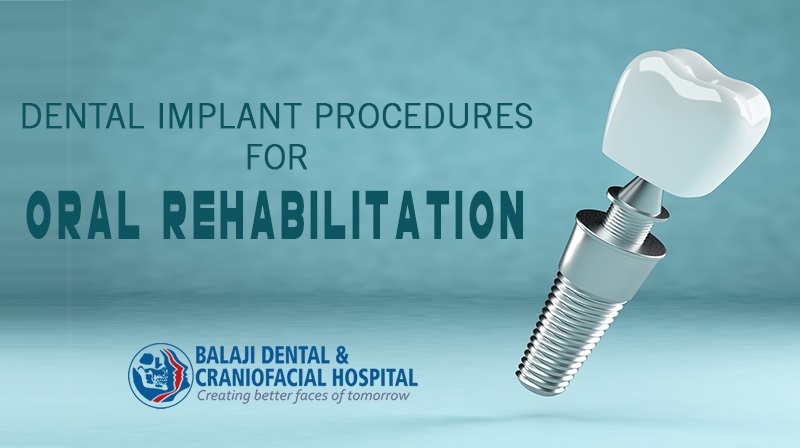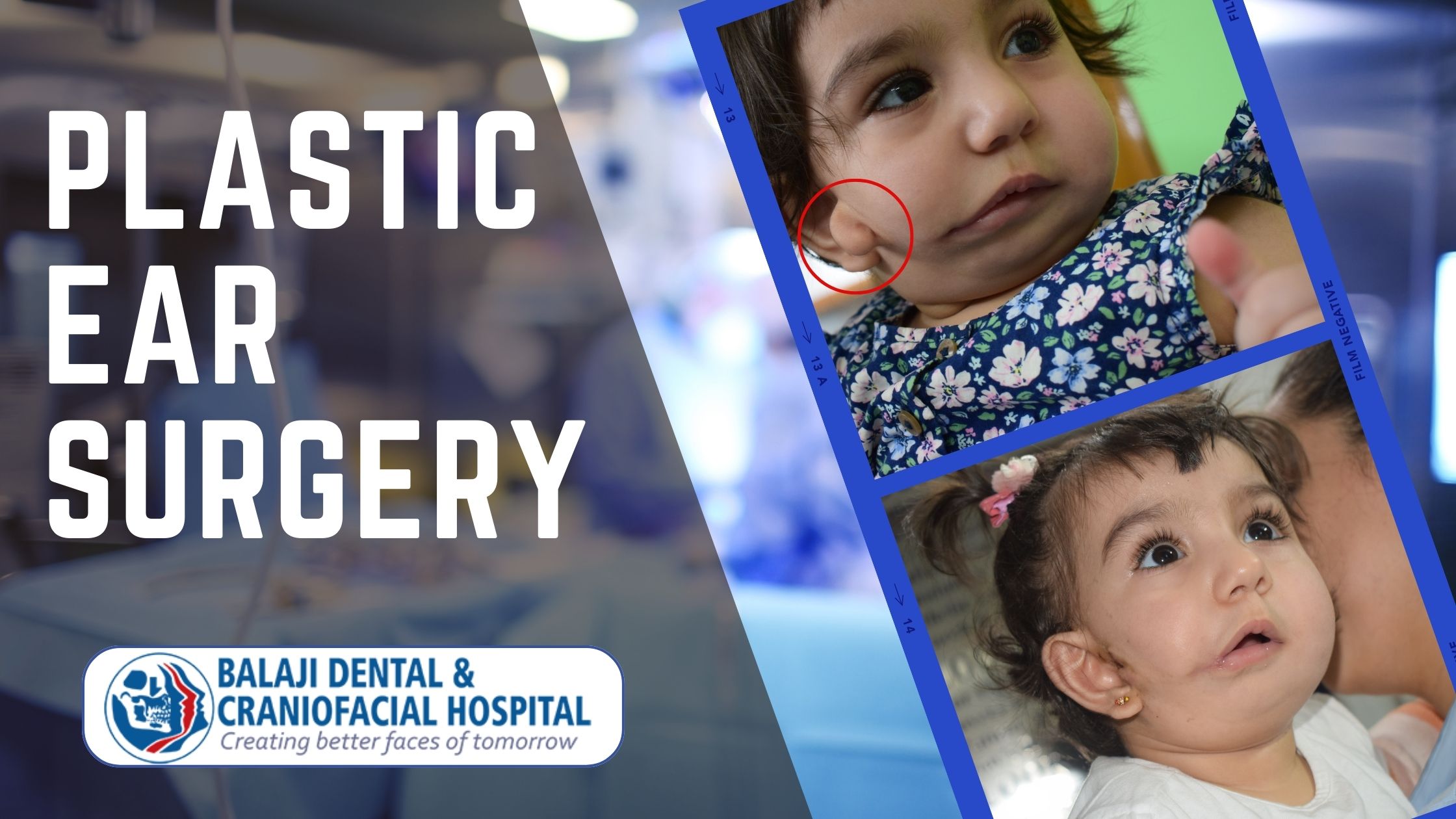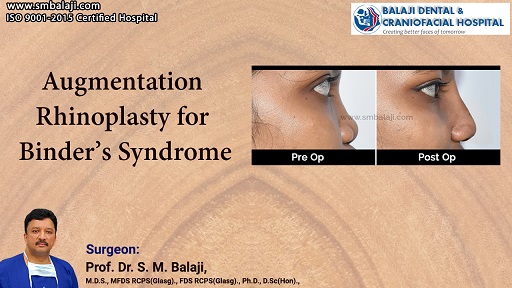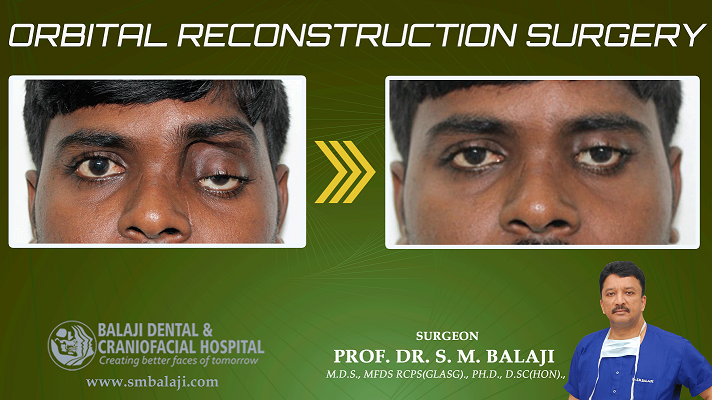Dental implant surgery is performed to place root-shaped titanium posts at the site of missing teeth. This titanium implant fuses with a surrounding bone through a process known as osseointegration. This then provides the perfect foundation for fixing ceramic crowns. They fulfill every criterion for being a perfect replacement for lost teeth.
Dental implant procedures have become one of the most common procedures performed in dental clinics today. A high percentage of patients with missing teeth choose to undergo dental implant procedures. Most single-tooth procedures are performed at the chairside under local anesthesia.
Chairside dental implant procedures are relatively simple surgeries. It is performed under local anesthesia. Conscious sedation is used in patients who are apprehensive of undergoing dental implant surgery. Patients are advised to not consume anything orally for four hours before the scheduled surgery.
Conscious sedation is easily administered to the patient. A patient who is scheduled to undergo conscious sedation has to bring an attendant with them. The effect of conscious sedation wears off within a few hours following the procedure. Conscious sedation is completely safe and the patient is monitored throughout the procedure.
Anyone who is healthy can undergo dental implant procedures. Patients first undergo a full mouth examination including diagnostic imaging studies. A thorough medical history is also obtained. This will ensure complete patient safety for undergoing the procedure.
Blood pressure and blood sugar status are determined through tests. Overall oral health is assessed. Any sign of minor bleeding from gums is tested. The health of the gum tissue is also assessed. Any residual tooth roots need to be removed. A thorough check is conducted for every type of dental condition.
Dental implant surgery is straightforward when there is an adequate bony foundation for the fixation of the implants. This is performed as a procedure in the dental clinic under local anesthesia. A period of 4-6 months is allowed to elapse to allow for osseointegration of the implant.
Abutments are connectors that are used to connect the crowns to the dental implants. Ceramic crowns are attached to the abutments, thus providing a permanent replacement for the missing teeth. Patients need to maintain good oral hygiene to enjoy a lifetime of trouble-free service from their dental implants.
Patients sometimes do not have enough bone in their jaws for the fixation of dental implants. This could either be due to tooth loss a long time ago or surgery for jaw diseases. Modern surgical techniques overcome these obstacles and enable dental implant procedures for these patients.
Bone grafting is commonly used to improve the bony foundation in the jaws to enable the placement of the titanium posts. This is harvested from the patient at the time of placement of implants. Results from this surgery are very good and there is complete normalization of function after placement of dental implants.
This procedure is performed in the operating theatre under general anesthesia. Patients need to be admitted to the hospital the day before surgery. They also should not consume anything orally for at least eight hours prior to surgery. This requires hospitalization for approximately three days.
Bone is lost quickly in the posterior region of the upper jaw after loss of the molar teeth. The size of the maxillary sinus also increases when teeth are lost in the upper molar region. This results in the inadequate bony foundation for the placement of the titanium implants.
Sinus lift surgery is performed in patients with such a presentation. A bony window is made in the posterior region of the upper jaw. The membrane lining the maxillary sinus is first gently lifted. Bone graft or bone substitute is placed in the space created between the lining and the bone. Dental implants are then placed in this region.
This results in good bony consolidation in the region with adequate support for the implants. Results are very good for patients who undergo this procedure.
Zygoma implants are the ideal implants for patients who do not wish to undergo bone graft surgery. These are extra long implants, which are placed directly in the zygomatic bone. This is a very strong bone, which enables these implants to withstand high biting forces.
Dental implant procedures can either involve the placement of implants to replace one to all teeth. It can range from a few missing teeth to full mouth replacement. Crowns that are cemented in place are the treatment of choice for single teeth implants or replacement of short spans.
Complete dentures placed over implants can either be removable or fixed. Removable dentures mimic normal gum and teeth structure and can be snapped into place. Fixed dentures again are cemented into place and cannot be removed by the patient
As with all surgical procedures, these procedures are followed by side effects like swelling and pain at the site of the procedure. The dental specialist addresses these issues. This is easily controlled with analgesics and quickly subsides in a few days. The patient can resume normal activity in a very short period of time.
Dental implants require the same level of care that is provided to natural teeth. Meticulous oral hygiene has to be maintained to ensure the long-term success of dental implants. The patient should schedule a dental checkup every six months for follow-up care. This will ensure that the patient has trouble-free service from their dental implants all their life.




